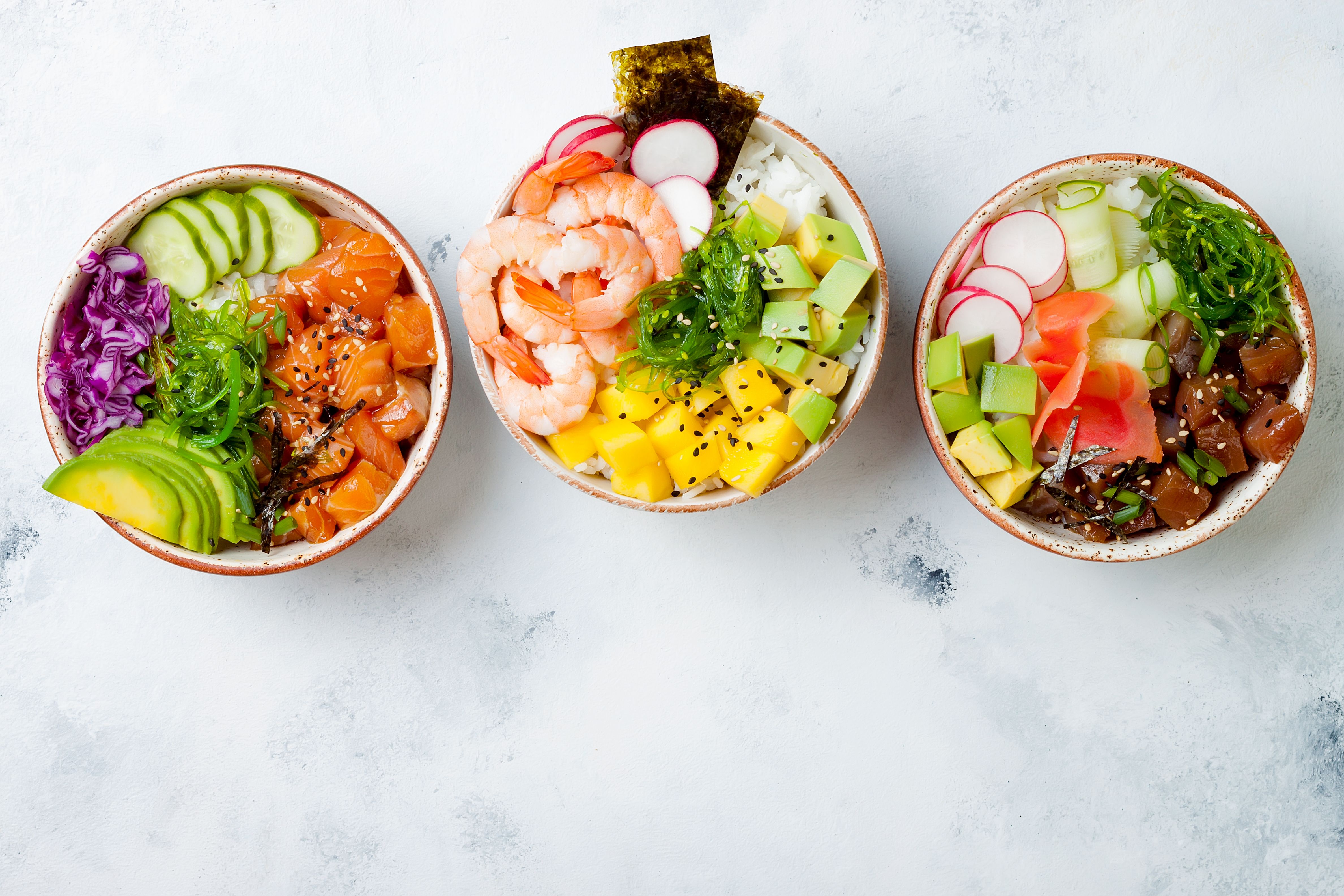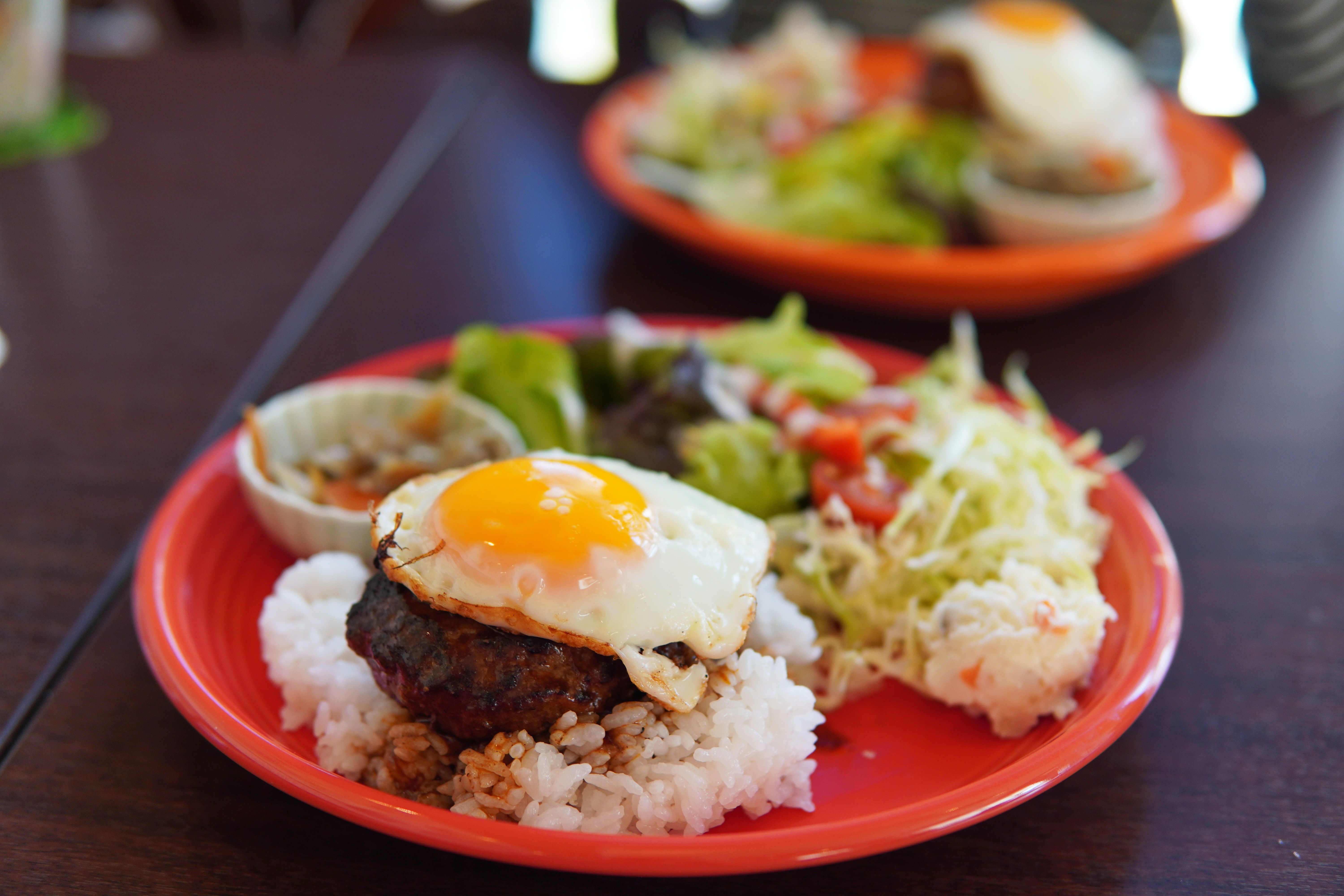Exploring the Flavors of Hawaiian Cuisine
Discovering the Unique Ingredients of Hawaiian Cuisine
Hawaiian cuisine is a vibrant fusion of flavors, cultures, and traditions. Rooted deeply in the islands' rich history, it brings together influences from Polynesian, Asian, and American culinary practices. The foundation of these flavors lies in the use of fresh, local ingredients, which are abundant in Hawaii's lush environment.

One of the most iconic ingredients is poke, which originated as a simple snack for fishermen. Traditionally made with freshly caught fish, poke has evolved into a dish featuring a variety of seafood, mixed with soy sauce, sesame oil, and other seasonings. This delightful dish is a must-try for anyone exploring Hawaiian flavors.
The Influence of Polynesian Traditions
The Polynesians were among the first settlers in Hawaii, and their influence remains strong in modern Hawaiian cuisine. They introduced staple ingredients such as taro, sweet potatoes, and coconuts. Taro is particularly significant as it is used to make poi, a traditional Hawaiian dish with a unique taste and texture that has been cherished for centuries.
Another popular dish with Polynesian roots is the luau, which is a traditional Hawaiian feast. At a luau, you'll find a variety of dishes including laulau (meat wrapped in taro leaves), kalua pig (roasted pork), and lomi-lomi salmon (a fresh tomato and salmon salad). These dishes are often enjoyed alongside live music and hula dancing, offering an immersive cultural experience.

Asian Influences on Hawaiian Cooking
The arrival of immigrants from China, Japan, Korea, and the Philippines significantly shaped Hawaiian cuisine. Rice became a staple, complementing many traditional dishes. For example, spam musubi, a sushi-like creation with a slice of spam on rice wrapped with seaweed, showcases this blending of Asian and Hawaiian flavors.
Another beloved dish is loco moco, which consists of white rice topped with a hamburger patty, fried egg, and brown gravy. This hearty dish reflects the diverse cultural influences that continue to enrich Hawaiian culinary traditions.

Sweet Treats and Tropical Fruits
No exploration of Hawaiian cuisine would be complete without indulging in its sweet offerings. Tropical fruits like pineapple, mango, and passion fruit are widely used in desserts. Haupia, a coconut milk-based dessert, is a classic choice often served at luaus.
Shave ice is another popular treat, especially on a warm island day. Finely shaved ice is flavored with colorful syrups and often topped with sweetened condensed milk or azuki beans for an extra layer of taste. It's a refreshing way to experience the sweet side of Hawaiian flavors.

Bringing Hawaiian Flavors Home
If you're inspired to bring a taste of Hawaii into your own kitchen, start by experimenting with some traditional recipes. Try making poke at home by sourcing fresh fish and experimenting with different seasonings. Or prepare a batch of laulau for a hearty meal that captures the essence of island life.
Exploring Hawaiian cuisine offers a delightful journey through its diverse flavors and cultural influences. Whether you're enjoying the simplicity of poke or savoring the complexity of a luau feast, each dish tells a story of Hawaii's rich culinary heritage.
Commercial Kitchen http://avice.org
